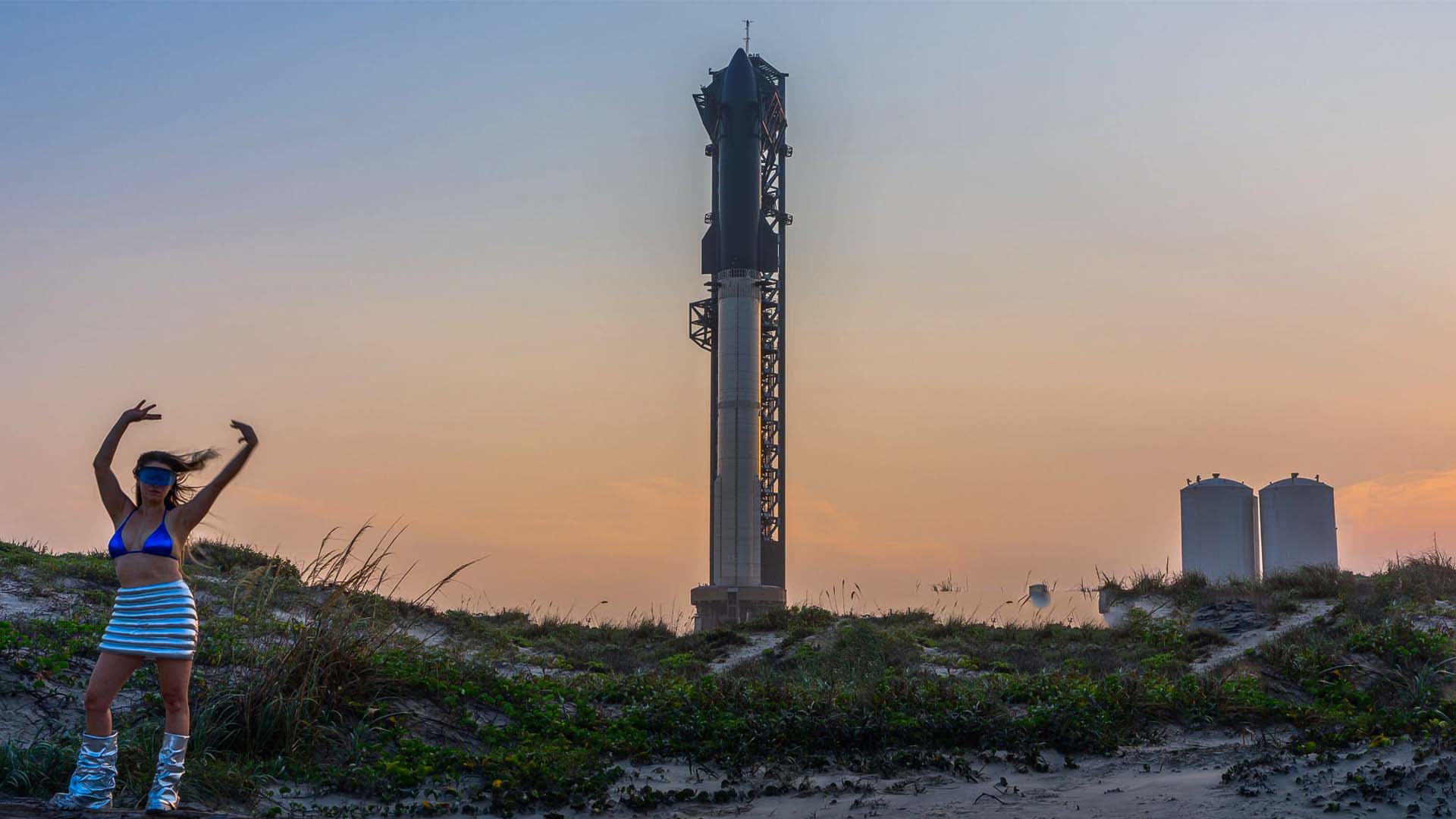SpaceX Starship is a fully reusable spacecraft designed and developed by SpaceX, an American aerospace manufacturer and space transportation company founded by Elon Musk. Starship is intended to serve a variety of purposes including satellite deployment, interplanetary travel, and human spaceflight missions. Here’s a detailed explanation:
Overview
Starship consists of two main components:
- Super Heavy Rocket Booster: This is the first stage of the launch system. It provides the necessary thrust to lift Starship off the ground and into orbit. It is powered by numerous Raptor engines, which are methalox engines using liquid methane and liquid oxygen as propellants.
- Starship Spacecraft: This is the second stage, designed to carry crew and cargo to destinations like the Moon, Mars, and beyond. It is also powered by Raptor engines and is capable of landing back on Earth or other celestial bodies.
Key Features
- Reusability: Both the Super Heavy booster and the Starship spacecraft are designed to be fully reusable, which significantly reduces the cost of space travel.
- Versatility: Starship is intended for a wide range of missions, including:
- Satellite Deployment: Carrying and deploying satellites into orbit.
- Human Spaceflight: Transporting astronauts to and from the International Space Station (ISS), the Moon, and Mars.
- Interplanetary Missions: Supporting missions to Mars and other planets.
- Cargo Transport: Delivering cargo to the ISS, the Moon, Mars, and other destinations.
- Capacity: Starship is designed to carry up to 100 passengers or large amounts of cargo, making it suitable for large-scale missions and colonization efforts.
Design and Construction
- Structure: The spacecraft is built from stainless steel, which provides strength and durability, especially for withstanding the conditions of space travel and re-entry into Earth’s atmosphere.
- Engines: The Raptor engines are a critical innovation. They use a full-flow staged combustion cycle, which increases efficiency and performance compared to traditional rocket engines.
- Heat Shield: The underside of the Starship spacecraft is equipped with a heat shield to protect it during re-entry into Earth’s atmosphere.
Development and Testing
SpaceX has conducted numerous tests and iterations of the Starship design:
- Prototypes: Early prototypes like Starhopper and the SN (Serial Number) series were used for initial tests.
- High-altitude Flights: Several prototypes have performed high-altitude flights to test the spacecraft’s aerodynamics, control systems, and landing capabilities.
- Orbital Flights: The goal is to achieve successful orbital flights and eventually missions to the Moon and Mars.
Future Goals
- Moon Missions: NASA has selected Starship for its Artemis program, which aims to return humans to the Moon by 2024.
- Mars Colonization: Elon Musk’s long-term vision for Starship is to enable human colonization of Mars, making life multi-planetary.
- Commercial Missions: SpaceX plans to offer Starship for commercial satellite launches, space tourism, and other commercial space ventures.
